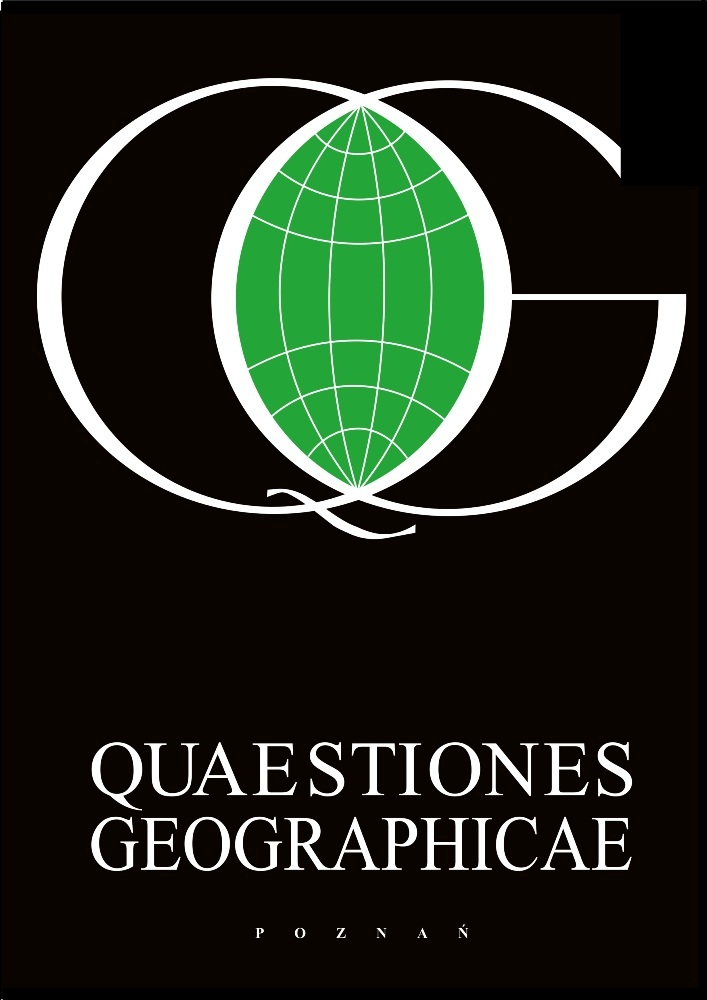Abstract
The paper attempts to identify important factors significant for global information society development and to determine the significance of geospatial (geo-information) technologies. The starting point is international measures of the development level of information & communication technologies (ICT) and information society (IS). The relevance of the particular factors was defined using the general segmentation of the milieu, taking into account social, technological, economic, environmental, political, legal and ethical factors and also estimating the global spatial dimension of ICT and IS development. The diagnosis serves as the context of considerations concerning the contribution of geographers and cartographers to IS.
References
D’Haenes L. & Proulx S., 2000. The changing stance of the Canadian Government in an age of globalization and information. Gazette, 62(3-4): 281-299. Sage Publications, London, Thousand Oaks & New Delhi (http://gaz.sagepub.com/content/62/3-4/281.short), DOI: 10.1177/0016549200062003007.
Dickenson J., 1993. Who speaks for geography? Retrospect on an International Congress of Geographers. Area, 25(3): 283-285.
Domański R., 1998. Zasady geografii społeczno-ekonomicznej (Principles of socio-economic geography). Wydawnictwo Naukowe PWN, Warszawa.
Friedmann J., 1966. Regional development policy: A case study ofVenezuela. MIT Press, Cambridge, MA, London.
Goban-Klas T., 2006. Media i komunikowanie masowe (Media and mass communication). Wydawnictwo Naukowe PWN, Warszawa.
Hofmokl T., 1997. Stymulacyjna rola sieci teleinformatycznych w dziedzinie transferu technologii i pobudzania innowacyjności w Polsce (Stimulating role of computer networks in technology transfers and stimulation of innovations). In: Markowski T., Stawasz E. & Zembaczyński R. (eds), Instrumenty transferu technologii i pobudzaniainnowacji. Wybór ekspertyz. Zespół Zadaniowy ds. Polityki Strukturalnej w Polsce, Warszawa.
ITU (International Telecommunication Union), 2006. WorldSummit on Information Society Golden Book. Geneva.
ITU (International Telecommunication Union), 2011. WorldSummit on Information Society. Geneva.
Kuhn T., 1963. The structure of scientific revolutions. University of Chicago Press, Chicago.
Levinson P., 1997. The soft edge: A natural history and future ofthe information revolution. Routledge, New York.
Longley P.A., Goodchild M.F., Maguire D.J. & Rhind D.W., 2001. Geographic Information Systems and Science. John Wiley, Chichester, Sussex.
OECD 2001. Glossary of statistical terms. Available at: http://stats.oecd.org/glossary/index.htm.
Peterson M.P., 2007. Mapy i Internet: pogłębianie się kontrastów w rozwoju (Maps and the Internet: deepening of development contrasts). Polski Przegląd Kartograficzny, 39(4): 333-339.
Steinitz C., 1993. GIS: A personal historical perspective. GISEurope, 2, June.
Understanding the digital divide, 2001. OECD. Available at: http://www.oecd.org.
Warnecke H.J., 1993. The fractal company: A revolution in corporateculture. Springer-Verlag, Berlin and New York.
License
This content is open access.
